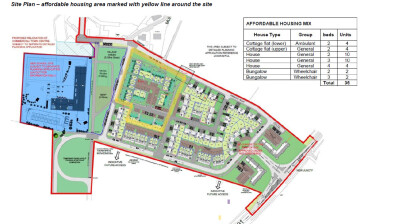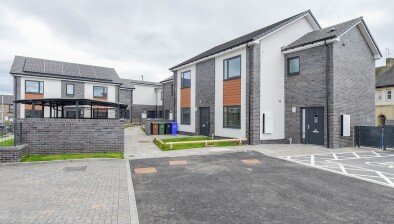Stirling Council re-affirms commitment to more affordable homes
 Stirling Council has agreed a plan to provide over 400 more affordable homes over the next five years.
Stirling Council has agreed a plan to provide over 400 more affordable homes over the next five years.
Members of the local authority’s environment & housing committee approved the submission of the Strategic Housing Investment Plan for 2017/18 to 2021/22 to the Scottish Government.
Prepared in consultation with local housing associations, the Loch Lomond & The Trossachs National Park Authority and Raploch Urban Regeneration Company, the plan sets out the council’s key investment priorities for affordable housing over the next five years.
The priorities include progressing the regeneration of Cornton, Cultenhove and Raploch, responding to clearly identified housing needs in pressured rural areas and delivering a new community at Durieshill. The plan identifies a requirement for over £23.7 million of Scottish Government grant funding to deliver 429 new social rented homes.
Housing portfolio holder, Councillor Violet Weir, said: “It’s one of this administration’s key priorities to build more socially rented housing and the programme of projects identified in the Strategic Housing Investment Plan will result in an improved supply of housing that is affordable to households on low and middle incomes. We are committed to providing new social housing for those who need it and I look forward to the projects getting underway and tenants moving in as soon as possible.”
Depute housing portfolio holder, Councillor Martin Earl, added: “The challenges of developing affordable housing in rural Scotland have been well-documented, however both the council and National Park Authority, working in partnership with Rural Stirling Housing Association, have identified a number of sites in rural Stirling on which they wish to see affordable housing provided in order to meet local needs.
“The delivery of the projects identified in the Strategic Housing Investment Plan will also increase economic activity in the area, creating jobs and training opportunities in the construction sector and reducing fuel poverty.”








